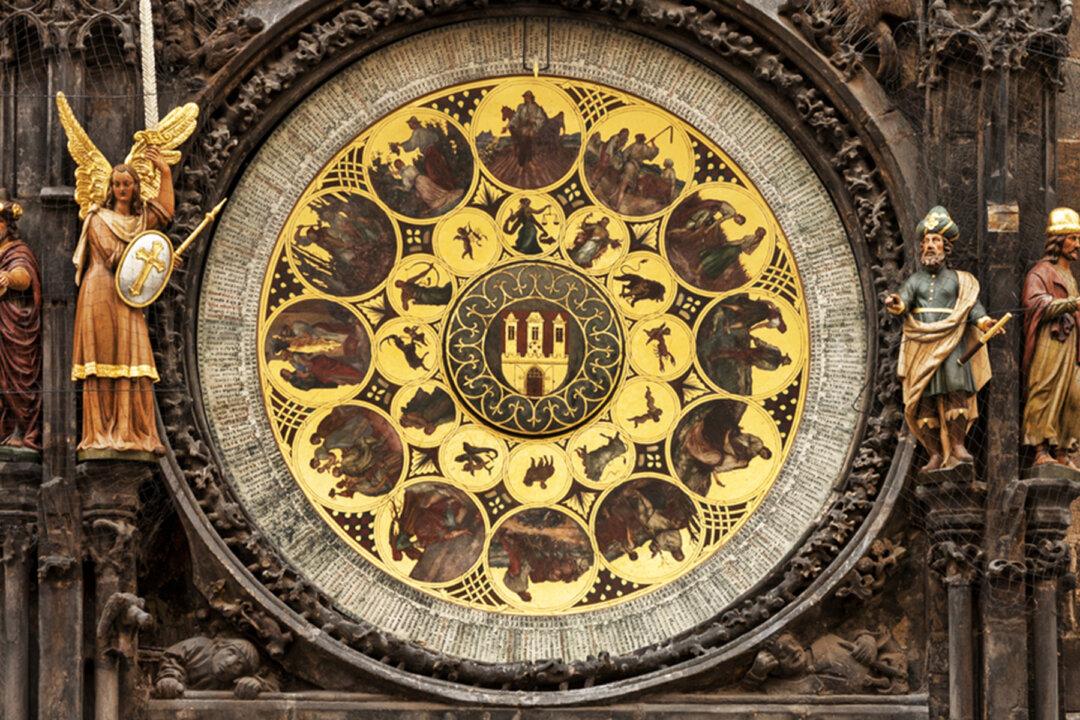The 600-year-old astronomical clock in Prague is a major tourist attraction in the UNESCO World Heritage site of the city’s historic center. Yet many tourists and even residents of the city might not exactly know how intricate and loaded with symbolism it is.
Since the clock, locally known as the “Orloj,” started ticking in 1410, it has only stopped a few times for repairs, first in the 18th century, then after the devastation of World War II, and again in 2018. Despite a global pandemic and uncertainty about the future, this wonder of the world remains a constant.





